Amphibious Landing Craft
Landing craft are transported to the amphibious assault area by the much larger landing ships, many in docking bays although some are carried in the traditional way, on deck and swung into the water on divots. The purpose of landing craft is to deliver Marines, equipment and supplies directly to the beach.
LCAC: Landing Craft Air Cushion. This is a very large hovercraft designed to be launched from the well deck of amphibious ships and deliver its cargo directly over the beach. The inclusion of the LCAC fundamentally changed the way amphibious assaults were conducted. Previously with conventional landing craft, only 17% of all coastline was available for beach landing, and the large amphibious ships would generally need to approach within 20 miles of the shoreline. With the LCAC, over 80% of the worlds shoreline is usable and it can be launched from over 50 miles offshore – significantly safer for the larger ships. Historically 82 craft were built but initial funding was granted for 91 and there was a requirement for about 114 (54 per coast, 6 in Japan, 2 for R&D). In Northern Fury the authorized 91 have been delivered to the Navy by 1994; 42 on the East Coast based at Little Creek, 40 at Camp Pendleton California, 6 in Sasebo Japan with the 3 remaining used for R&D and maintenance. Each LCAC can carry 60 Tons (75 Tons if overloaded) of equipment, they can be used to unload tanks one at a time but are generally focused on delivering up to 4x LAV-25 (Light Armored Vehicle with a 25mm gun), or up to 12 High Mobility Multipurpose Wheeled Vehicle (HMMWV) at a time.
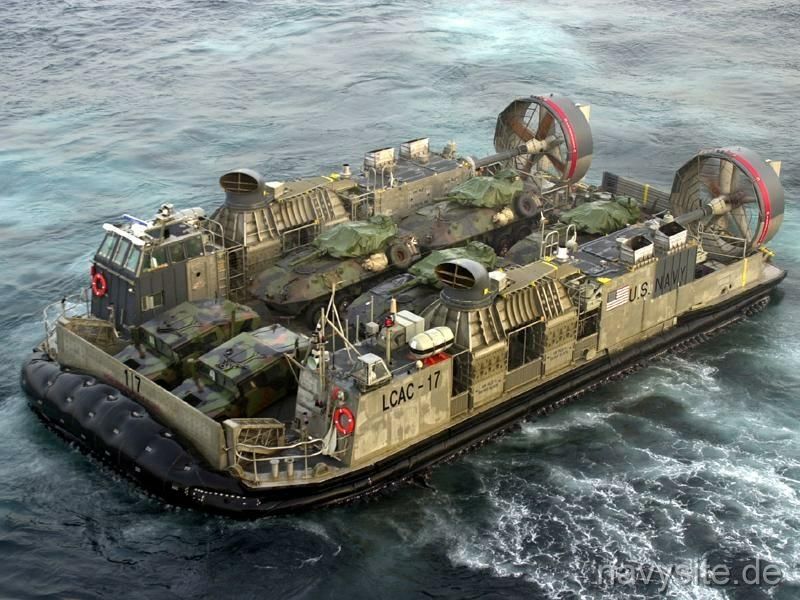
LCAC with 4 x LAV-25 and 2 x HMMWV
LCU: Landing Craft Utility. These heavy duty but aging craft provide landing forces with reliable ship to shore delivery of tanks and outsized vehicles such as bulldozers and heavy trucks. The only class in USN is the LCU 1610 class (although the 1627 and 1646 are sub-classes with minor variations). There were 72 LCU 1610s built but 15 were converted to other purposes and a further three were sold, leaving 54: 18 at Little Creek on the east coast, 18 at Camp Pendleton, 4 in Japan, 2 at Souda Bay Crete, 2 at Rota Spain, 2 at Guantanamo Bay Cuba, 2 at Guam, 2 at Subic Bay Philippines, and the remaining 4 on various other duties. Although the LCU can deliver up to 350 troops to the beach, its main purpose is to deliver 2 x M-1A1 tanks with additional cargo capacity to spare. An added feature is the ability to link LCUs to create a causeway to quickly unload larger ships from deeper water.
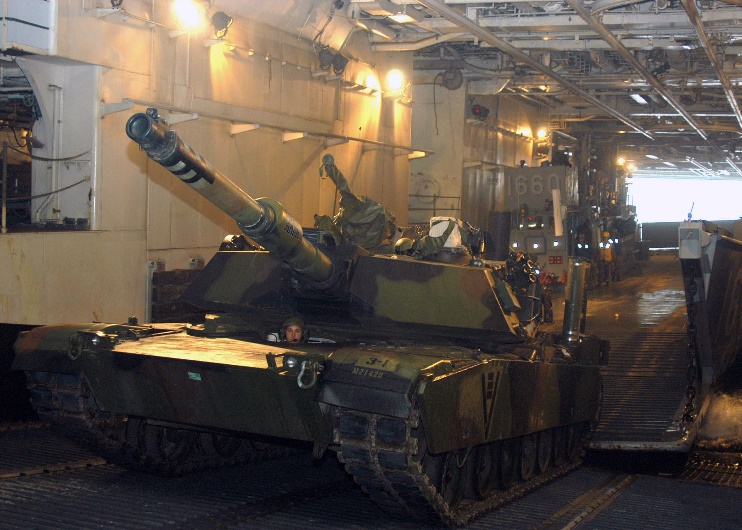
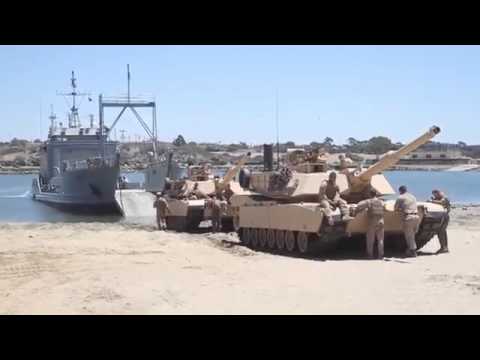
LCU loading and unloading M1A1 tanks.
LCM: Landing Craft Medium. The USN and the US Army have operated over 2200 LCMs since the 1950’s. These versatile craft are primarily focused on ship to shore unloading of general cargo and vehicles. They are not normally carried on amphibious assault ships although they can be, they would usually be found with the larger cargo and pre-positioning ships that would arrive following the initial assault. The LCM-6 has a carrying capacity of 28 tons or 80 troops but is being phased out by 1994, all of this type built from 1977 are available in reserve (48 east coast, 44 west coast, 92 total). The LCM-8 is a much more capable design with a 67-ton capacity, it can carry every vehicle in a MEF except the M1A1 tank, or up to 200 troops. The US Army has maintained about 40 LCM-8’s (out of 526 originally, mostly used in Viet Nam), Spain has another 6, and the USN has retained 261 of an original 547 boats, all but 74 being in reserve at the start of the war.
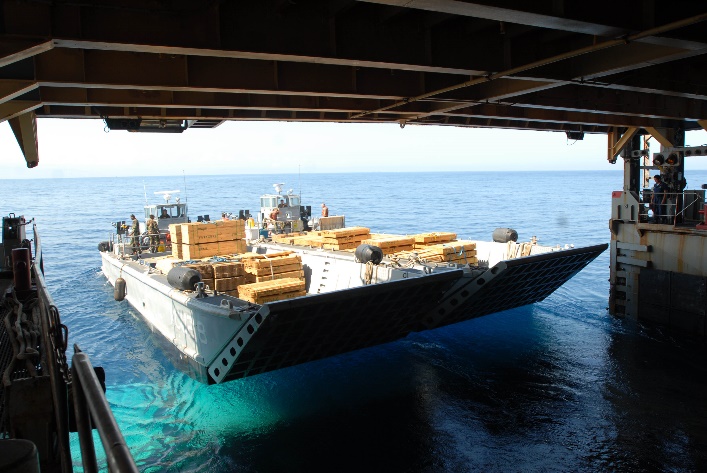
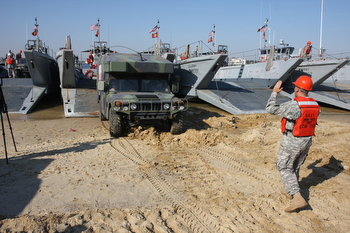
LCM-8’s
Small Boats: There are a myriad of small landing boats in the USN, although by 1994 most of the LCVPs (Landing Craft Vehicle and Personnel) had been retired, some of the 2,000 built for Viet Nam remain in reserve. A more modern version of the LCPL (Landing Craft Personnel Large) was used for many interesting purposes. Of the 612 LCPLs produced, some 200 are still active with another 125 in reserve. Gradually replacing all of these craft however is the RHIB (Ridged Hull Insatiable Boat), developed initially for the British Royal National Lifeboat Institution (RNLI) in the 60’s the technology became a mainstay for the Canadian Coast Guard in the mid 70’s and in the US by the 80’s. The ease of production, transport, shipping, deployment and modification quickly made this the ‘go-to’ technology for small boats. Historically the RHIB was slow to be adopted in the USN, although Special Forces were using them in the early 90’s, in Northern Fury, the increased threat sped the adoption of this technology into all arms and services.
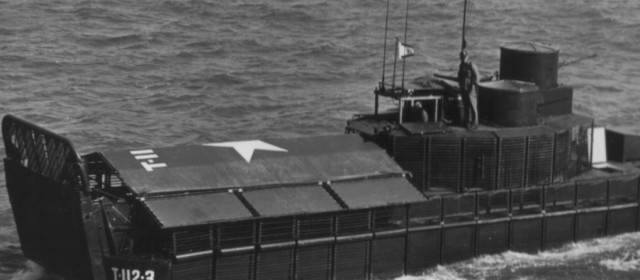
Heavily modified Viet Nam era LCVP
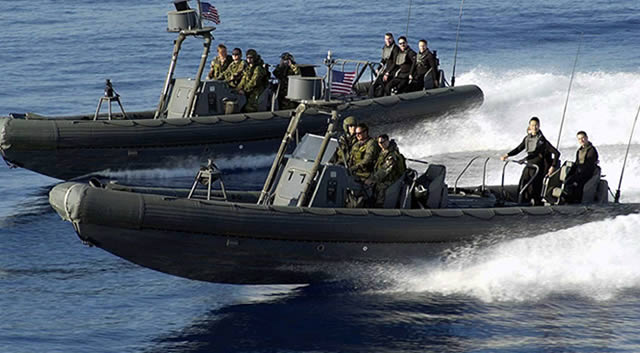
RHIBs
AAVP: Amphibious Assault Vehicle. The USMC has over 1300 AAV-7 amphibious tracked vehicles. Their role is to deliver Marines to the beach in combat, and they can transition from boat to tracked armored vehicle instantly upon landing. They carry 21 combat troops and are armed with a .50 Caliber machine gun and/or a grenade launcher. While they are big, clumsy and have limitations on land, no other vehicle in the inventory can load from the docking well of a landing ship, maneuver through he sea and up onto dry land where it can unload its marines in a sheltered area and provide fire support. Each Marine battalion has a platoon of 13 AA-7s but they can be brigaded for larger operations.
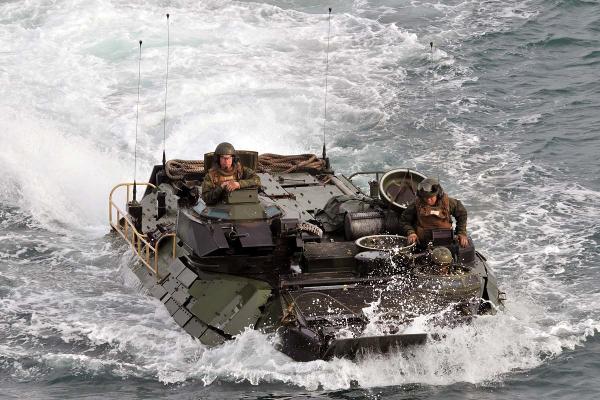
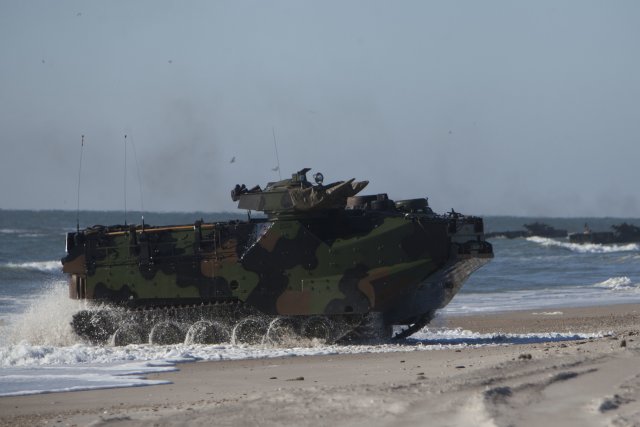
AAV-7s